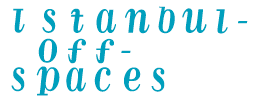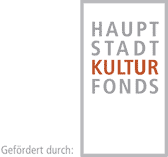 |
|||||||||||||||||||||||||||||||||||||||||||||||||||||||||||
|
|||||||||||||||||||||||||||||||||||||||||||||||||||||||||||
|
atılkunst www.gundemfazlasi.blogspot.com
atılkunst started working in the year 2006. atılkunst views the world with action-based irony. Rather than examining a single concept at length, it creates a contemporary reaction area. atılkunst’s actions start off with the spoken word. Then the word transforms into printed image and that printed image confronts us in numerous places, be they public or private, sometimes in the form of videos, sometimes photo-novels and sometimes stickers. These actions cannot be exactly considered street art but they use the streets. atılkunst intervenes in the political agenda and the dominant discourses of the everyday life using the streets and the communication instruments of the mass media. Though atılkunst stems from an artistic context, it can more generally
be regarded as an activist group and a cultural jammer. In today’s world
where we are constantly bombarded by images, atılkunst aims at creating
an alternative culture by fighting those images with their own instruments.
Mahya (Traditional Light Installation) “COME TO THE POINT” Mahya is the name of the illuminated writings that are hung between the mosque minarets and that contain expressions of religious content. In Persian, the word mahya literally means “monthly, specific to the month” and it connotes specifically the month of Ramadan. The historians date the first mahya lights to about 400 years back and claim that mahya was an important branch of the Ottoman decorative arts. Traditionally, mahyas were done with oil-lamps. Today, incandescent bulbs and even LED technology are used. Traditionally, mahya-making was a skill that is passed down from the master to the apprentice. For this project, we will be working with one of these masters. We are planning to hang up a mahya reading “Come to the Point” between
the two towers of the Bethanien building. “Come to the point” is a frequently
used popular expression. It means tell the gist of it, cut it short,
be clear, don’t fool around. It is chosen for this project as an expression
that invites the viewer to be himself/herself.
|
|
|||||||||||||||||||||||||||||||||||||||||||||||||||||||||
|
|
|
||||||||||||||||||||||||||||||||||||||||||||||||||||||||||
 |
|
||||||||||||||||||||||||||||||||||||||||||||||||||||||||||
|
 |


